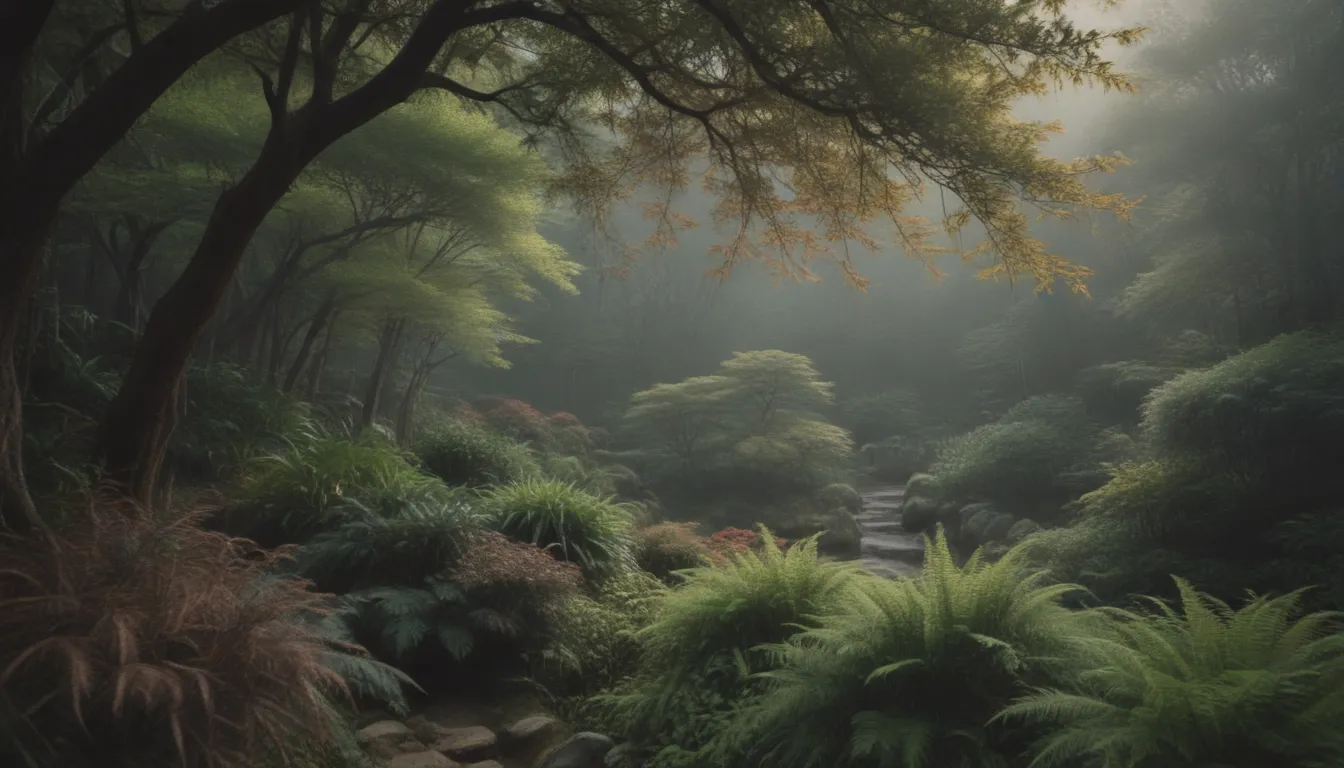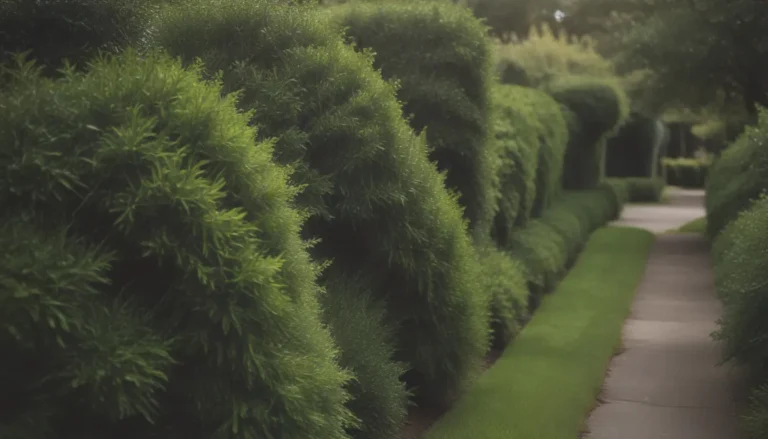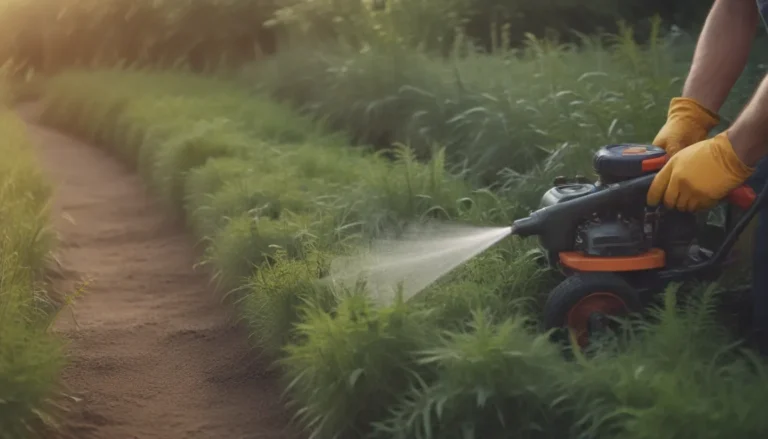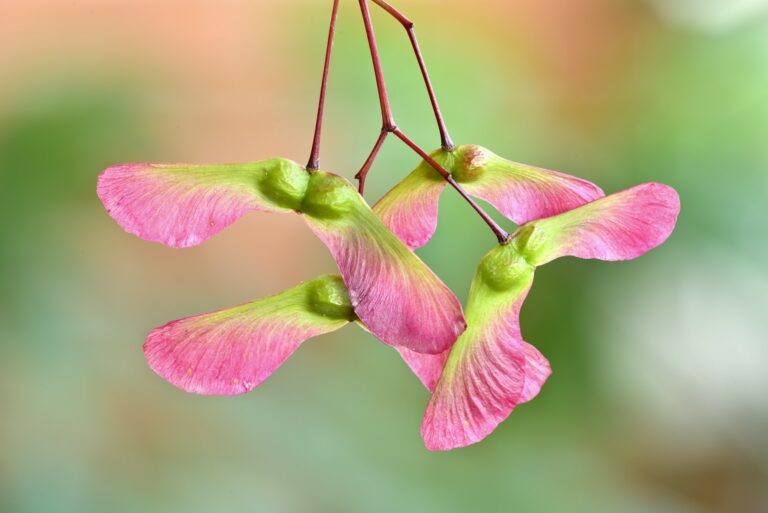Explore the Beauty of Traditional Japanese Plants

Are you a fan of Japanese culture and looking to create a serene zen garden in your backyard? Look no further than incorporating traditional Japanese plants into your landscaping! Japan’s unique climate and landscape support a wide variety of plants that are not only beautiful but also deeply rooted in Japanese culture and history.
In this comprehensive guide, we will explore nine traditional Japanese plants that are perfect for adding a touch of Japan to your garden. Whether you are an avid gardener or simply appreciate the beauty of nature, these iconic plants will surely elevate the aesthetic of your outdoor space. Let’s dive in and discover the wonders of Japanese flora!
1. Azalea (Rhododendron)
Azaleas have been cherished by Japanese gardeners for centuries, thanks to their stunning trumpet-shaped flowers that bloom in a variety of colors. From pink and yellow to salmon and violet, azaleas offer a vibrant display in any garden. Modern hybridizers have even developed reblooming azaleas, so you can enjoy their beauty throughout the year.
To grow azaleas successfully, plant them in partial shade and amend the soil with organic materials like compost or leaf mold to increase acidity. These plants thrive in regular moisture but can be sensitive to wet winter soils. Before planting, consider your USDA growing zone and choose a color variety that suits your garden’s aesthetic.
2. Bamboo (Fargesia and Phyllostachys)
Bamboo holds a special place in Japanese culture, where it is used for a wide range of purposes, from building materials to utensils. When selecting bamboo for your garden, opt for a clumping type (Fargesia) rather than a spreading variety (Phyllostachys). Running bamboo can be invasive and may be restricted in some regions.
Dragon bamboo (Fargesia dracocephala) is an excellent choice for a zen garden, as it grows to a moderate height and thrives in partial shade with regular moisture. Before adding bamboo to your landscape, consider your USDA growing zone and the specific sunlight and soil requirements of the plant.
3. Camellia (Camellia Japonica)
Planting a Camellia japonica in your garden can be the start of a long-lasting love affair with these majestic plants. Known for their large, lush blooms and glossy foliage, camellias brighten up the winter landscape in regions with mild climates. These slow growers can live for hundreds of years, making them a valuable addition to any garden.
Before planting a camellia, check your USDA growing zone to ensure it is suitable for this plant. Consider the color varieties available, as camellias come in various shades that can complement your garden’s color scheme. Provide adequate sunlight and soil conditions to help your camellia thrive and bloom year after year.
4. Cherry (Prunus)
Ornamental cherry trees are revered in Japanese culture for their beauty and symbolism. These trees offer four seasons of visual interest, with delicate pink or white blooms in spring, bright green leaves in summer, and stunning bark in fall and winter. Choose a cherry tree variety that suits your garden’s size and aesthetic preferences.
Whether you opt for a weeping cherry tree or a paperbark cherry, these trees will add charm and elegance to your outdoor space. Consider your USDA growing zone, sunlight exposure, and soil requirements before planting a cherry tree in your garden.
5. Hosta
Hostas are a staple in Japanese gardens, thanks to their lush foliage and diverse varieties. Native hosta species in Japan are highly prized for their size, leaf colors, and flower appearance. A shade garden filled with different hosta varieties can create a tranquil and serene atmosphere reminiscent of traditional Japanese landscapes.
To grow healthy and vibrant hostas, ensure they receive adequate irrigation, as water is essential for their growth. Consider your USDA growing zone, sunlight exposure, and soil conditions when selecting hosta varieties for your garden. With proper care and maintenance, hostas can thrive and enhance the beauty of your outdoor space.
6. Hydrangea (Hydrangea)
Hydrangeas are a popular ornamental plant in Japan, known for their stunning macrophylla varieties that change color based on soil acidity. These plants thrive in climates with mild summers and abundant rainfall, making them a perfect choice for gardens with varying weather conditions. Consider planting paniculata hydrangeas if you live in an area with hot summers and dry spells.
Before adding hydrangeas to your garden, consider your USDA growing zone, color preferences, sunlight exposure, and soil conditions. With proper care and attention, hydrangeas can flourish and provide a vibrant display of colors in your outdoor space.
7. Iris (Iris)
Japanese irises are a beloved plant that thrives in moist conditions, making them ideal for areas with damp soil or near water features. These irises are known for their tall flower stalks and striking blooms that add a touch of elegance to any garden. If you have a wet area in your garden that struggles to dry out, consider planting Japanese irises to create a stunning focal point.
To ensure the healthy growth of Japanese irises, provide adequate water and fertilizer, as these plants thrive in moist environments. Consider your USDA growing zone, color preferences, sunlight exposure, and soil conditions when selecting iris varieties for your garden. With proper care and maintenance, Japanese irises can flourish and bloom year after year.
8. Lotus (Nelumbo nucifera, Nelumbo lutea, and Hybrids)
If you have the space and resources to create a water garden, the lotus is a must-have plant for traditional Japanese gardens. These majestic plants feature large leaves and stunning flowers that bloom in late summer, creating a serene and tranquil atmosphere. Consider growing dwarf lotus varieties in smaller ponds or barrels to enjoy their beauty in a limited space.
Before adding lotus plants to your garden, consider your USDA growing zone, color preferences, sunlight exposure, and soil conditions. With proper care and attention, lotus plants can thrive and add a touch of elegance to your water garden. Explore different lotus varieties to find the perfect fit for your outdoor space.
9. Wisteria (Wisteria Floribunda)
Wisteria vines are a classic addition to traditional Japanese gardens, known for their cascading blooms and fragrant flowers. These vines can add vertical interest and charm to any outdoor space, but require careful maintenance to prevent overgrowth. Consider pruning wisteria vines regularly to keep them in check and ensure a beautiful display of flowers every season.
Before adding wisteria to your garden, consider your USDA growing zone, color preferences, sunlight exposure, and soil conditions. Whether you train wisteria as a vine or a tree, these plants can add beauty and elegance to your landscape with proper care and attention. Explore different wisteria varieties to find the perfect fit for your outdoor space.
In conclusion, traditional Japanese plants offer a unique and captivating way to enhance the beauty of your garden. Whether you are a seasoned gardener or a novice enthusiast, incorporating these iconic plants into your outdoor space can create a serene and tranquil atmosphere reminiscent of traditional Japanese landscapes. Consider your climate, sunlight exposure, and soil conditions when selecting plants for your garden, and enjoy the beauty of these timeless treasures for years to come. Happy gardening!





